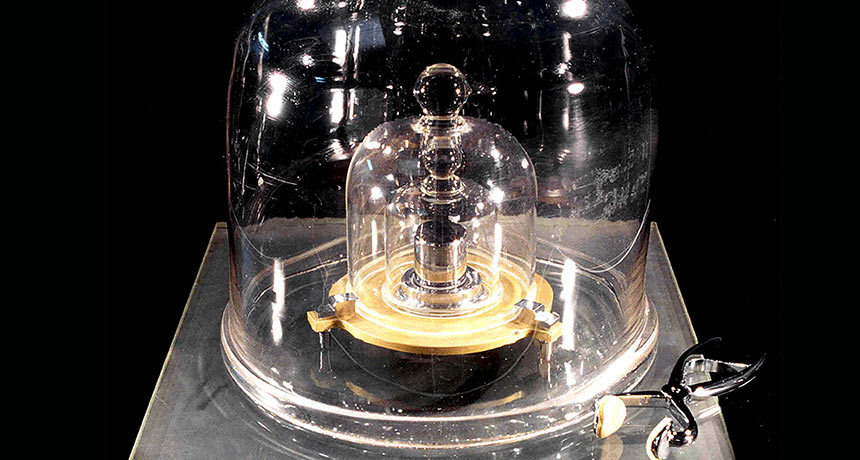
HAS-BEEN For 130 years, this metal cylinder was the definition of a kilogram. Now, it's just another hunk of metal, as scientists have instituted a new definition based on a quantity known as the Planck constant.
BIPM

HAS-BEEN For 130 years, this metal cylinder was the definition of a kilogram. Now, it's just another hunk of metal, as scientists have instituted a new definition based on a quantity known as the Planck constant.
BIPM